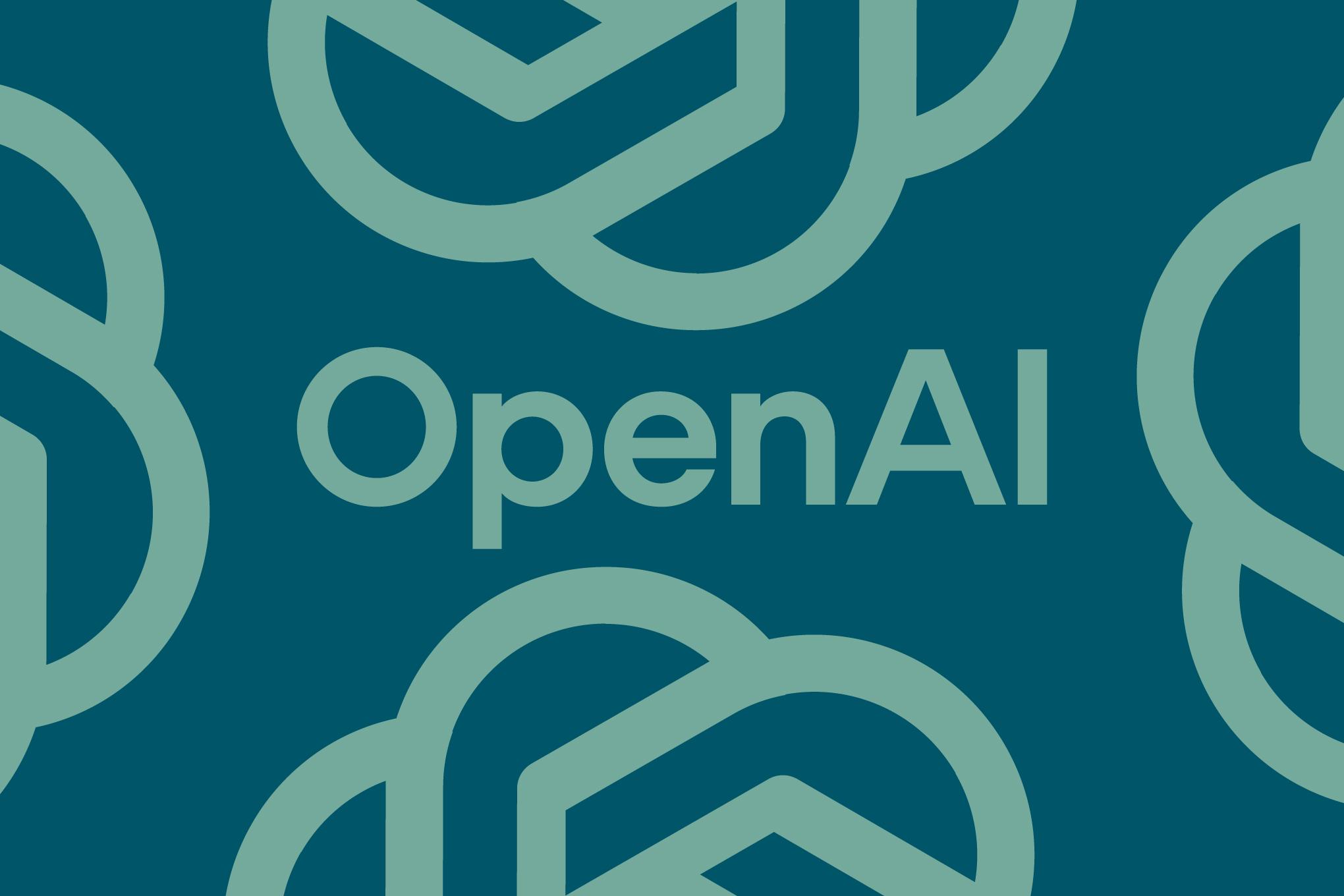
Valuation of AI Unicorns: Ponzi Scheme or Genuine Growth?
Valuation of AI Unicorns: Ponzi Scheme or Genuine Growth?
The recent surge in the valuation of AI unicorns—private companies valued at over $1 billion—has ignited intense debate across the investment community. The question transcends simple bubble concerns, delving into fundamental questions about investing in AI-driven futures. Through the lens of real option theory, these valuations emerge as complex instruments driven by uncertainty, strategic positioning, and ecosystem orchestration rather than traditional metrics.
The Meteoric Rise of AI Unicorns
The period of 2024-2025 witnessed AI unicorns like Safe Superintelligence, Anysphere, ClickHouse, and Supabase achieve breathtaking valuations at unprecedented speed. Safe Superintelligence reached a staggering $30 billion valuation within merely a year of its 2024 launch, while other companies achieved Series D funding rounds in under 24 months. This rapid ascension has sparked intense speculation: are these valuations reflecting genuine disruptive potential, or do they signal dangerous speculative frenzy reminiscent of the late 1990s dot-com bubble?
The answer may not lie in conventional discounting methods but rather in real option theory—a framework where future potential holds significantly more influence than current earnings. Unlike surface-level Software-as-a-Service clones, today's AI unicorns command markets with minimal competition while delivering growth rates exceeding 150% annually. They represent more than isolated innovations; they're architecting the foundational infrastructure for an entirely new digital era.
Real Option Theory: Beyond Traditional Valuation
Real option theory provides crucial insights into how these seemingly astronomical valuations might actually reflect embedded strategic value. This framework suggests that AI unicorn valuations center on potential rather than present performance. Consider the parallel with early Amazon, once dismissed as overvalued in the early 2000s when critics labeled it a speculative bubble due to invisible profits. However, the real options Amazon held—particularly AWS—ultimately transformed widespread skepticism into massive value creation, establishing a company now worth over $2 trillion.
Similarly, Tesla's valuation demonstrates how substantial portions of market capitalization derive from potential options rather than current manufacturing metrics. These historical precedents illuminate how early-stage value concerns can evolve into extraordinary shareholder wealth through strategic opportunity realization. Today's AI unicorns operate within this same paradigm, where hidden growth options and strategic advantages could fundamentally redefine entire market segments.
The logic extends beyond immediate financial returns to encompass structuring for speed, adaptability, and future market dominance. Successful AI firms embrace strategies that prioritize optionality over certainty, investing heavily in AI infrastructure while orchestrating powerful strategic alliances. This approach represents betting on trajectories rather than guaranteed outcomes, positioning companies to capitalize on opportunities as they emerge within rapidly evolving technological landscapes.
Strategic Positioning and Ecosystem Orchestration
The true differentiation among AI unicorns lies not merely in product development but in strategic positioning within broader technological ecosystems. Companies like ClickHouse aren't simply developing analytics tools; they're creating blazing-fast analytics engines specifically designed for the AI era. In a landscape where data processing speed determines competitive advantage, ClickHouse functions as the powerful engine propelling AI applications across diverse industry sectors.
Similarly, Supabase transcends traditional backend platform definitions by constructing infrastructure that's inherently native to AI operations, much like seeds are essential to thriving gardens. These companies establish themselves at orchestration layers where they exert comprehensive control over data flows, model management, and system logic, effectively creating ecosystem-level lock-in mechanisms that maximize long-term value capture.
This orchestration approach generates powerful network effects—positive feedback loops where product value increases exponentially as adoption expands. Just as iOS and Android fundamentally redefined mobile platform dynamics, these AI infrastructure firms are constructing what analysts term a "post-human productivity stack," establishing the technological foundation for the next comprehensive digital revolution.
The Concentration of Power and Market Dynamics
Despite the vast landscape of AI startups, only a select group of companies like Safe Superintelligence have successfully captured elite institutional backing while developing genuinely scalable business models. This concentration reflects historical patterns observed in previous technological disruptions—transformation is rarely democratized across entire sectors. Instead, a small number of strategically positioned winners create self-reinforcing cycles of growth while capturing disproportionate value through superior strategic positioning.
These market leaders distinguish themselves by introducing foundational AI-native architectures that extend far beyond simple product offerings. They develop comprehensive orchestration systems, transparency layers, and agentic designs that embed artificial intelligence directly into organizational operational fabric. Rather than competing on features, they're establishing new platform dynamics that define how businesses will interact with AI technologies for decades to come.
Safe Superintelligence exemplifies this dominant strategic approach through its focus on AGI-safe development, positioning itself not just as a product company but as a fundamental infrastructure provider for safe artificial general intelligence deployment. This positioning creates multiple layers of strategic advantage while establishing the company as an indispensable component within the broader AI development ecosystem.
Investment Implications and Strategic Insights
For executives and investors, dismissing AI unicorns as merely overvalued represents a potentially costly strategic error. Instead, these valuations should be understood as sophisticated bets on future technological asymmetries where real value materializes through option realization rather than traditional revenue recognition. Companies must embrace AI-native stack designs and seamless workflow integration while recognizing artificial intelligence as a transformative horizontal capability rather than a vertical application.
This transformation requires substantial investment in core AI infrastructure, development of flexible adaptive systems, and fundamental mindset shifts from deterministic solution approaches toward adaptive, continuously learning architectures. Organizations must recognize that today's "necessary risks" may materialize similarly to how historical technology investments have comprehensively repositioned entire industries over multi-decade timeframes.
The valuation puzzle presented by AI unicorns ultimately concerns pathways to groundbreaking opportunities rather than certainty about immediate returns. As firms navigate these complex waters, the critical question shifts from debating current viability toward recognizing AI's pivotal role in charting future economic landscapes. Success requires positioning for discovery and realization of currently unimagined potential while maintaining strategic flexibility to adapt as new opportunities emerge within this rapidly evolving technological frontier.
Ultimately, real option theory champions a strategic mindset that fully recognizes AI's transformative potential across multiple dimensions. It advises both investors and executives to focus beyond simply rightsizing current valuations toward preparing comprehensive organizational capabilities for discovering and realizing unprecedented value creation opportunities. As digital landscapes continue shifting at accelerating pace, those equipped with real options insights and strategic positioning are best prepared to successfully navigate the transformative wave into our technological future.







